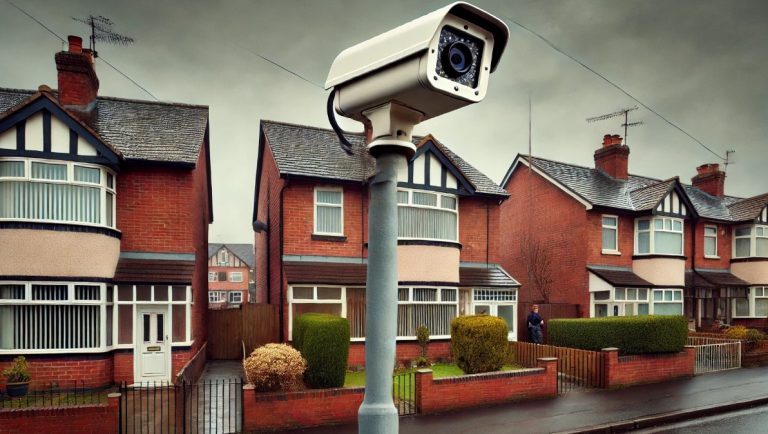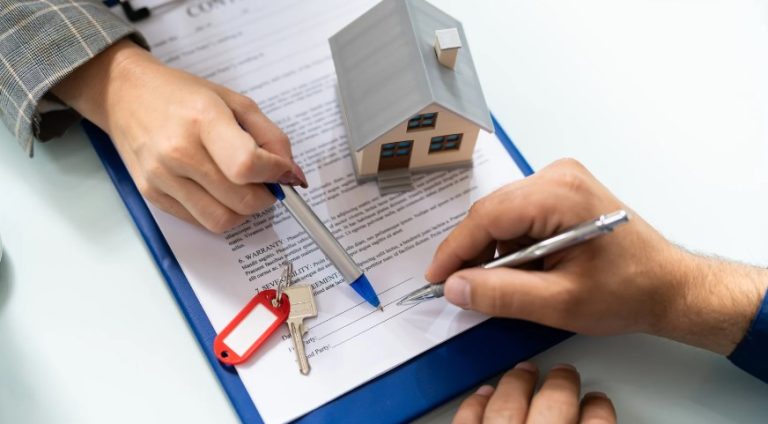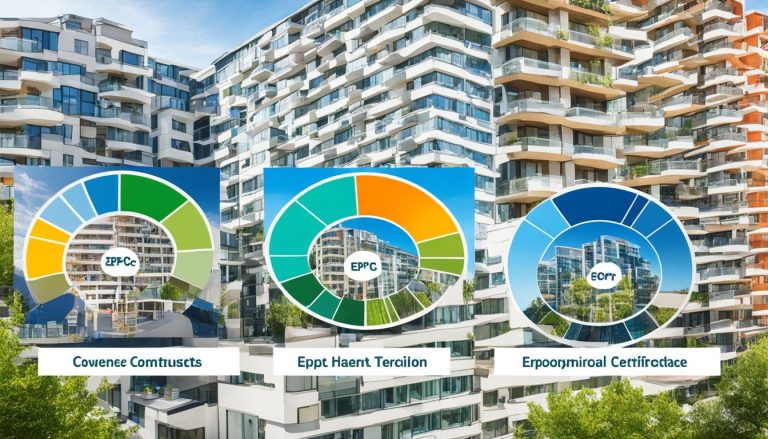Council tax is a significant ongoing cost for property owners across the UK. However, in certain circumstances, a property may be considered uninhabitable and therefore eligible for a discount or exemption.
Understanding what qualifies a property as uninhabitable under UK council tax rules can be crucial for owners, buyers, and landlords of properties undergoing major repair or structural work. This article explores the legal definitions, eligibility criteria, and the process for claiming a discount on an uninhabitable property in the UK.
What Does ‘Uninhabitable’ Mean for Council Tax Purposes?

For the purposes of council tax, a property is considered uninhabitable when it is no longer fit to live in due to serious structural or environmental issues. This designation is not granted lightly. It typically applies only when the property requires substantial work to make it safe or functional as a residence.
UK local authorities generally classify a home as uninhabitable if it poses a threat to the health or safety of its occupants or lacks essential facilities. This could be due to:
- Major structural disrepair
- Damage from fire, flooding, or subsidence
- Absence of utilities like water, electricity, or gas
- Unsafe walls, ceilings, or floors
It is important to understand that a property being empty or in poor aesthetic condition does not make it uninhabitable. A property must meet very specific criteria, and it is the responsibility of the owner to prove this to the council.
What Types Of Repair Work Qualify A House As Uninhabitable?
To qualify for a council tax exemption or discount, the repair work must be significant and directly related to the safety and livability of the home. The work should address essential systems or structural integrity rather than purely cosmetic or optional upgrades.
Qualifying repair work typically includes:
- Major subsidence or structural failure
- Unsafe or non-functioning gas, electrical or water systems
- Removal of hazardous materials such as asbestos
- Rebuilding of walls, floors, or roof structures
- Fire or flood damage requiring reconstruction
The following types of work generally do not qualify:
- Painting or redecorating
- Kitchen or bathroom refurbishment unless entirely unusable
- Replacing doors or windows for aesthetic reasons
- Damp treatment that is not part of structural repairs
Councils usually require substantial documentation to verify the extent and nature of the work. This may include contractor reports, photographic evidence, structural surveys, and in some cases, an on-site inspection.
How Can You Apply For A Council Tax Discount On An Uninhabitable Property?
Applying for a council tax discount for an uninhabitable property involves several steps, most of which must be completed within a strict timeframe to be considered valid.
Application Process:
| Step | Details |
| Notify the Council | Contact your local authority as soon as the property becomes uninhabitable. |
| Provide Evidence | Submit photographs, repair quotes, structural assessments, or reports from engineers. |
| Council Inspection | The council may send an officer to verify the condition and confirm eligibility. |
| Assessment Outcome | If approved, a 50% discount is applied for a maximum of 12 months. |
Failure to report promptly can result in the loss of the discount, especially if the council believes the property was habitable at the time of assessment.
How Long Does The Council Tax Discount Last For Uninhabitable Homes?

If a property meets the council’s definition of uninhabitable, it may qualify for a 50% council tax discount for up to 12 months. This discount is available only while the home is undergoing major repair work or structural alterations. It is not renewable and cannot be reapplied for after the 12-month period expires.
Key Points:
- The discount is capped at 12 months per property, regardless of ownership changes.
- Full council tax becomes payable immediately after the 12-month period ends.
- Councils are not required to issue reminders when the discount is about to expire.
In situations where a buyer purchases a property that was previously eligible for a discount, they may be liable for the full council tax charge from the date of purchase if the 12-month limit has already been reached under the previous owner.
What Happens If The Property Remains Uninhabitable After 12 Months?
After the 12-month council tax discount period for an uninhabitable property has ended, the situation becomes more complex and potentially more costly for the property owner.
Even if the house is still in a poor or unsafe condition and clearly cannot be lived in, the law requires that full council tax becomes payable from the day after the discount period expires.
This rule applies regardless of the state of the property, the progress of the repair work, or the reason for the delay in making the property habitable. The policy is enforced uniformly across local authorities in England and Wales, leaving very limited room for flexibility.
Why Does the Discount End After 12 Months?
The 12-month limit is set under the Local Government Finance Act 1992 and subsequent regulations, which establish that the uninhabitable discount is a temporary relief designed to give property owners time to make necessary repairs or improvements. It is not intended to be a long-term exemption or subsidy for properties that are not being actively renovated or restored.
Once this period expires:
- The property is treated the same as any other occupied or vacant property in terms of council tax liability.
- The owner becomes responsible for paying 100% of the council tax bill, even if the building is still not safe to live in.
- If the property continues to remain empty, additional premiums (as described in previous sections) may apply.
What If Renovation Work Is Still Ongoing?

It is not uncommon for major structural works to extend beyond 12 months, particularly in cases involving listed buildings, complex repairs, or funding challenges. Unfortunately, the local authority is not legally permitted to extend the uninhabitable discount beyond the one-year limit. This means that:
- The ongoing work does not pause or reset the discount period.
- Any delays, whether due to planning issues, supply chain problems, or financial constraints, do not qualify the owner for additional relief.
- The local council may offer advice or signpost support schemes, but further discounts are unlikely unless another form of exemption applies.
Are There Any Alternatives or Exceptions?
While the uninhabitable discount cannot be extended, there are limited situations where further relief may be available:
- Rebanding by the Valuation Office Agency (VOA): In severe cases, the VOA may agree to reduce or remove the property’s council tax band if it is no longer considered fit for occupation. This could result in a lower tax bill, or even temporary removal from the valuation list.
- Empty property exemptions: If the property meets specific criteria (e.g. undergoing probate, under legal restriction from being occupied), you may qualify for a different form of exemption.
- Discretionary relief: Some councils have hardship funds or discretion to grant temporary relief, but this is rare and usually only applies in exceptional financial hardship cases.
Financial Implications of Extended Uninhabitability
Failing to restore the property to a habitable condition within the initial 12-month period can significantly increase ownership costs. The owner could face:
- Full council tax liability from month 13 onwards
- An empty property premium of up to 100% after one year of vacancy, rising to 300% after ten years
- Maintenance and security costs for an unoccupied building
- Difficulty in selling or renting the property due to its condition
In some areas, councils are proactively identifying long-term empty homes and may pursue enforcement action or offer Compulsory Purchase Orders (CPOs) to bring such properties back into use.
Best Practices for Property Owners
To avoid long-term financial and legal issues, property owners should consider the following actions well in advance of the 12-month deadline:
- Create a detailed renovation plan and timeline from the outset
- Notify the council of the project’s scope and intended completion dates
- Maintain clear documentation of all work undertaken
- Communicate regularly with council officers to stay informed about any changes to local policy
- Explore potential council or government grants for restoring empty homes
Being proactive can help reduce risks and ensure that you make the most of the limited discount period while preparing for the eventual financial responsibilities that follow.
Are There Extra Charges For Properties Left Empty Long Term?

Yes. Properties that remain unoccupied beyond 12 months are typically subject to empty property premiums. These are additional council tax charges designed to discourage property owners from leaving homes vacant.
As of April 2024, the surcharge rates are as follows:
| Length of Time Property Has Been Empty | Council Tax Premium Applied |
| 1 to 2 years | 100% (double the standard rate) |
| 2 to 5 years | 100% |
| 5 to 10 years | 200% |
| 10 years or more | 300% |
Some exemptions to these premiums may apply, such as:
- Properties undergoing probate
- Properties actively for sale or rent and meeting marketing criteria
- Properties where occupation is prohibited by law
However, these are considered case by case and require supporting documentation.
Can You Challenge The Council’s Decision About A Property’s Condition?
If the council determines that a property is habitable and denies a discount, property owners can appeal the decision. There are several routes to challenge a decision:
- Request a formal review or reconsideration from the local council
- Provide new or additional evidence supporting the claim (e.g. structural reports, contractor letters)
- Escalate the matter to the Valuation Tribunal Service if the local authority refuses to change its decision
In some situations, particularly when the condition of the property significantly affects its market value, the Valuation Office Agency (VOA) may consider a reassessment of the property’s tax band. A lower band could result in a reduced council tax liability, even if the discount is not granted.
Conclusion
Determining what makes a house uninhabitable for council tax in the UK depends on strict criteria set by local authorities. Only properties requiring major structural repair or alterations qualify for temporary relief, and even then, the discount is limited to 12 months.
After that period, full council tax is due, and longer-term vacancies may attract premium charges. By acting promptly and maintaining thorough documentation, property owners can navigate the process efficiently and avoid unnecessary financial penalties.
Frequently Asked Questions
Can cosmetic damage make a house uninhabitable for council tax?
No. Issues such as peeling paint, outdated bathrooms, or worn carpets do not qualify a property as uninhabitable. The damage must affect the safety or structural integrity of the home.
Do I still pay council tax if I inherit an uninhabitable property?
Yes, though exemptions may apply during the probate process. Once probate is granted, standard council tax rules apply, including possible empty home premiums if left vacant.
Is there any financial help for fixing up an uninhabitable home?
There are limited council grants available in some areas for restoring empty homes, but these vary by local authority. Most repair costs are the responsibility of the owner.
How does council tax differ for second homes vs uninhabitable ones?
Second homes usually receive reduced discounts or no exemptions. Uninhabitable homes can qualify for a 50% discount for up to 12 months if undergoing major repairs.
Will I be backdated if I delay reporting the property status?
Unlikely. Most councils require immediate notification of uninhabitable status. Delays in reporting can mean lost eligibility for discounts or exemptions.
What inspections are needed to prove a house is uninhabitable?
Local authorities may send officers to inspect the property. They will look for structural deficiencies, safety hazards, and whether the home is genuinely unfit to live in.
How does the Valuation Office Agency assess uninhabitable homes?
The VOA can reassess a property’s council tax band if its condition drastically changes. This usually applies in cases of major disrepair or damage.






